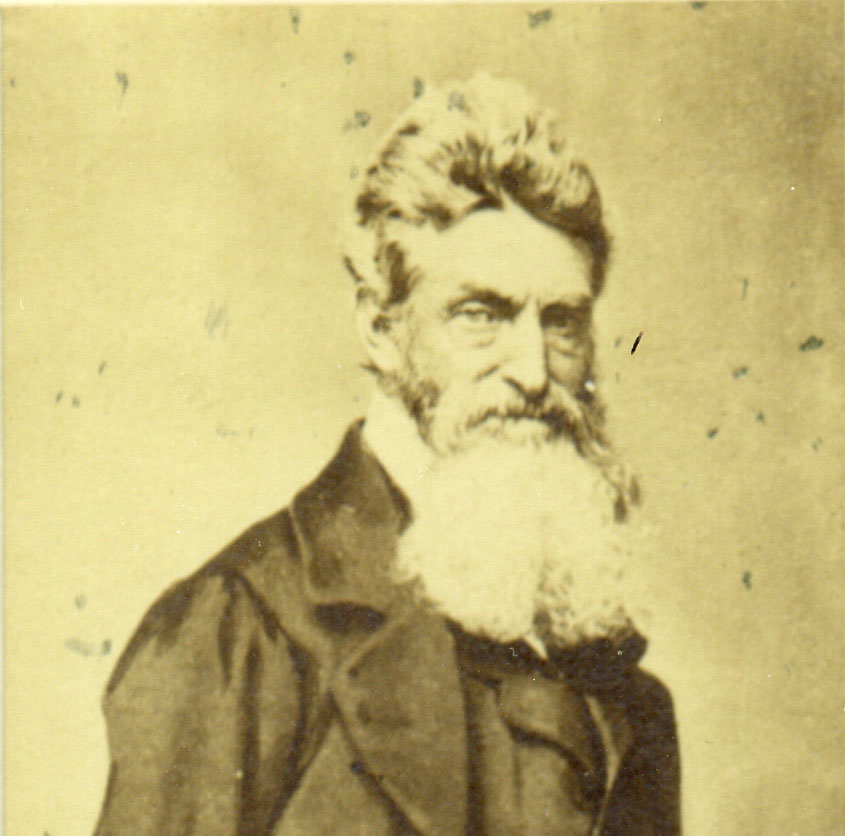John Browns Raid at Harpers Ferry
This blog will take you through the early life of John Brown and his raid at Harpers Ferry, through original photographs in our collection. John Brown is best known for his radical abolitionist views and the violence he would take to see those views become a reality.
Humbling Begining for the Life of John Brown
Brown had lead a hard life in his early years. His mother dies when he is eight and he grows up with an overbearing father, Owen Brown, a strict Calvinist of the old school, who demands daily study of the Bible and a life dedicated to achieving piety and self-perfection.
At age sixteen, he began religious studies at the local Congregational Church after publicly repenting and accepting Jesus Christ as his savior. He ponders the ministry before apprenticing with his father in the tannery business — a particularly noxious occupation using human waste and chemicals to convert slaughtered animal hides into leather for shoes, belts, jackets, and saddles.
In 1820 he marries his first wife, whom he describes as “a neat industrious & economical girl, of excellent character, earnest piety & good practical common sense.” He opens his own tannery with an ambitious plan to raise and slaughter the cattle he will use to make and sell finished leather goods.
John Brown’s birthplace in Connecticut

John Brown was born in 1800, in Torrington, Conneticut. He was the fourth of eight children. He would describe his partents in his memoirs as “poor but respectable”
Calvinist Upbringing

John Brown’s stern Calvinist upbringing and hardscrabble early life leaves him searching for “God’s plan” which will give meaning to his life
The Seeds of the Abolition Cause

At age twelve, he witnesses a shocking act –“a black boy being beaten with shovels” – that turns him forever against the sin of slavery.
In 1833, Brown marries his second wife, the sixteen-year-old Mary Day, who will eventually bear 13 more children. Their days together will include a daily morning gathering where Brown requires each member of the family to read Bible verses, followed by delivering his own religious admonitions.
As a dedicated Calvinist, Brown is forever searching after God’s plan for his life. He finds the answer in putting an end to slavery.
As early as 1834, Brown tells his brother Frederick that he is “trying to do something in a practical way for my fellow men that are in bondage.” His initial thoughts turn toward bringing a black youth into his family, educating him and “teaching him the fear of God.”
Declaring War On Slavery
The Liberator Newspaper

In his 30’s, Brown begins to read Lloyd Garrison’s abolitionist newspaper, The Liberator, and finds his cause in 1837 after the anti-slavery journalist, Elijah Lovejoy, is murdered in Alton, Illinois.
When word reaches him of the Lovejoy assassination, he gathers his family together and reveals his intent to go to war against slavery. His oldest son, John Jr., age thirteen at the time, recalls this event years later: He asked who of us were willing to make common cause with him in doing all in our power to “break the jaws of the wicked and pluck the spoil out of his teeth. Are you Mary (his second wife), John, Jason and Owen?” As each family member assented, Brown knelt in prayer and administered an oath pledging them to slavery’s defeat.
He declares his own commitment at a prayer meeting at the First Congregational Church of Hudson, Ohio to honor Lovejoy’s memory. Toward the end of the service, Brown stands, raises his right hand, and makes a pledge:
Here, before God, in the presence of these witnesses, from this time, I consecrate my life to the destruction of slavery
John Brown
Abolitionist Allies
For the years after Lovejoy’s death, Brown lived in Ohio with his family. Brown would be indebted most of his time in Ohio, borrowing heavily to obtain land in the area. After many failed careers he would declare bankruptcy in 1842. After bankruptcy Brown would build a reputation as an expert in fine wool and sheep, partnering with Col. Simon Perkins, who owned flocks of sheep in Akron, Ohio. Brown would eventually move his family to Springfield, Massachusetts as an agent for Ohio Wool growers to facilitate relations between the wool growers in Ohio and the New England manufacturers of woolen goods. During his time in Springfield, John Brown became more involved in the abolition movement, joining the Sanford Street Free Church, a church founded by African-American Abolitionists. During his time in Sanford Street Church, he would attend abolitionist lectures including lectures by Frederick Douglas and Sojourner Truth.
Frederick Douglass

Brown’s commitment to abolition grows in 1847 when he meets Frederick Douglass, its most famous black advocate.
Assimilation

Like Douglass and Garrison and other true Abolitionists, Brown believes that blacks can eventually be assimilated into American society, a view overwhelmingly rejected by most whites.
Sojourner Truth
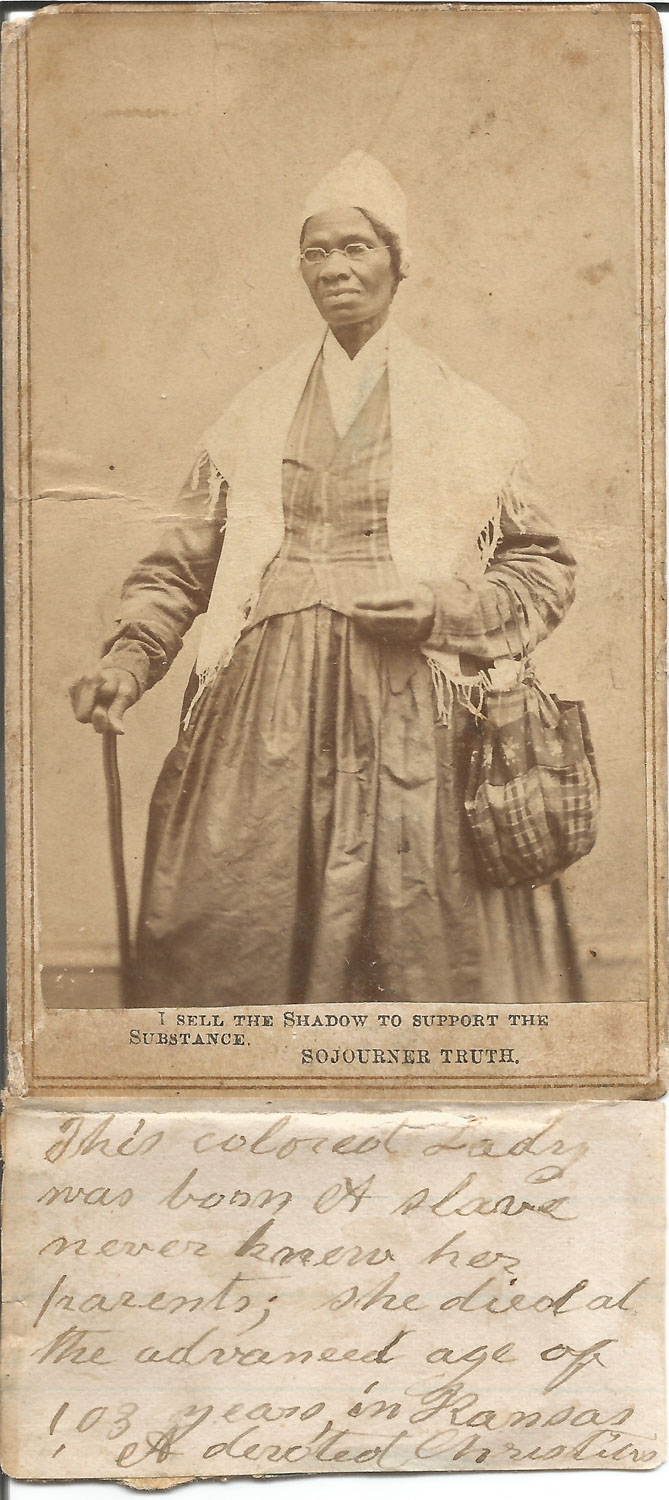
He is also influenced by Sojourner Truth, a run-away slave and lecturer, who devotes her life to setting up the “underground railroad.” Brown calls her “General Tubman.
Actions in Kansas
In 1856 he commits his first murders, hacking to death some six pro-slavery men in what becomes known as the Potawatomie Massacre in “Bloody Kansas.”
The Legend
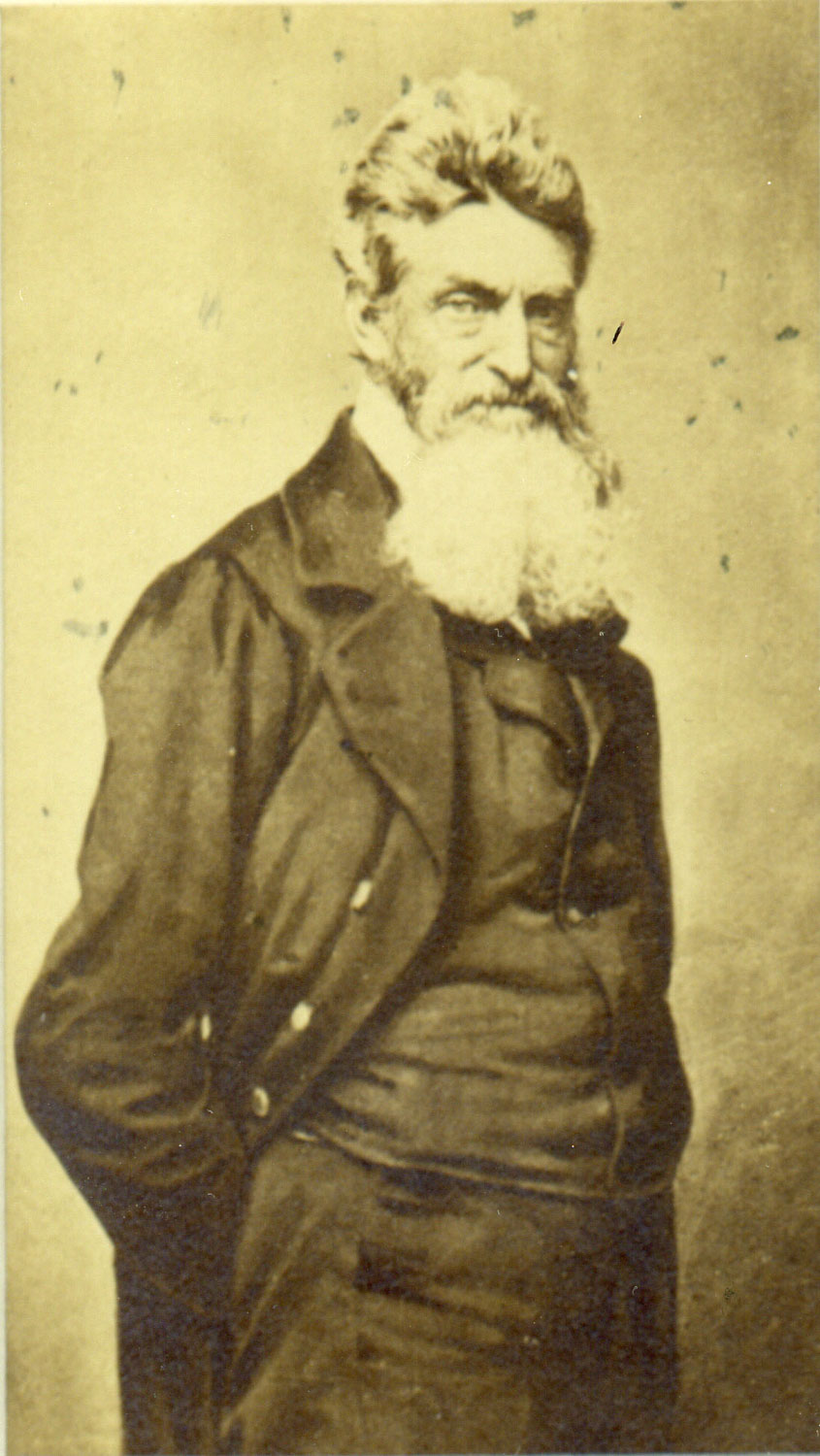
By 1850, he has become messianic John Brown, with full beard, fire in his eyes, and the belief that violence alone has become the only path left to abolishing slavery.
Setting up in Kansas

After Congress passes the harsh Anti-Fugitive Slave act in 1850, Brown sets up a “railroad Station” of his own, in a cabin at Nebraska City, just north of Kansas.
Acts of Violence
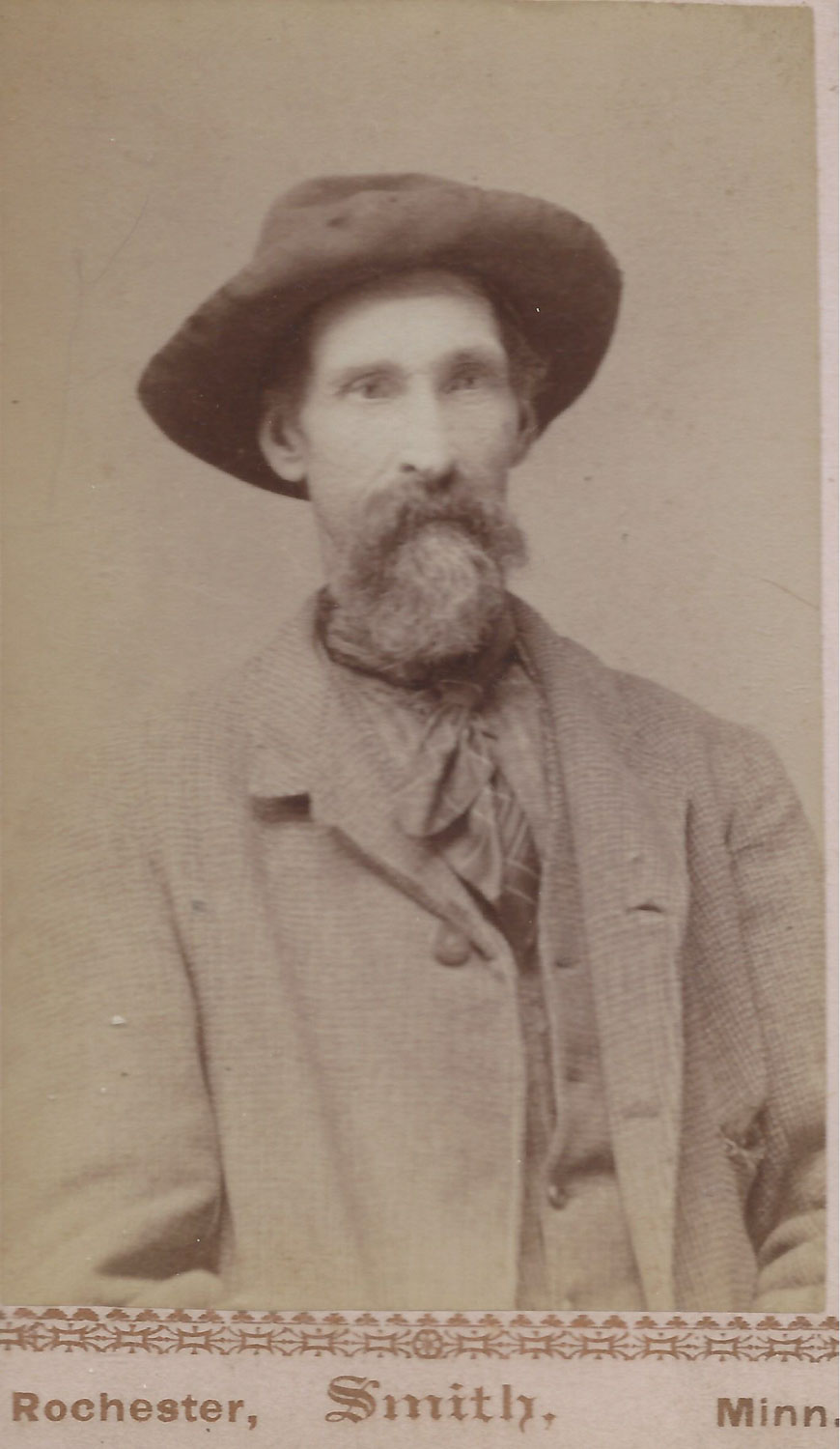
During the 1856 armed conflict in Kansas between pro- and anti-slavery forces, Brown and four of his sons slaughter five hostiles with broadswords at Pottawatomie Creek and escape punishment.
Raid at Harpers Ferry
Over the next three years he continues to lead raids to free slaves while planning the event that inexorably leads to the Civil War – his foray into Harpers Ferry, Virginia, to provoke a slave uprising across the south. The plot fails, with Brown wounded and captures and two of his sons and many others killed in battle.
Allies with deep pockets

In 1859, Brown returns east and concocts a plot to lead a slave rebellion in Virginia. It is backed by a “Secret Six” cabal of abolitionists, including the philanthropist, Gerrit Smit.
Henry Ward Beecher

Brown recruits a band of 21 men to seize the US Armory at Harper’s Ferry, Va. Among their weapons are Beecher’s Bibles,” rifles supplied by abolitionist minister, Henry Ward Beecher.
The Raid Begins

On the night of October 16, 1859, Brown sneaks into town and gains control of the armory. But before they can escape with the stored weapons, the arsenal is surrounded by armed townspeople and militia who trap them inside.
Presidential Response
James Buchanan 3

On October 17, President James Buchanan orders army Colonel Robert E. Lee and 88 Marines to march to Harper’s Ferry and retake the armory from Brown and his men.
Robert E. Lee 2

After cursory negotiations fail, Lee overwhelms the fort, leaving 10 raiders dead including two of Brown’s sons. Brown himself is wounded, captured and sent to Charles Town for trial.
Execution
But the event gains national headlines, including a subsequent trial and Brown’s death on the gallows. While he will remain a madman across the South, he will gradually be seen as a martyr to a just cause in the North.
Sentanced to Death

John Brown is quickly sentenced to death for treason, and is hanged. But his final message will prove prophetic: “the crimes of this guilty land will never be purged away but with blood.”
John Wilkes Booth

Ironically, among the witnesses to Brown’s execution on December 2 is the actor and fierce fierce Southern sympathizer, John Wilkes Booth.
John Brown Graveyard

Little girl at John Brown Gravesite
Legacy
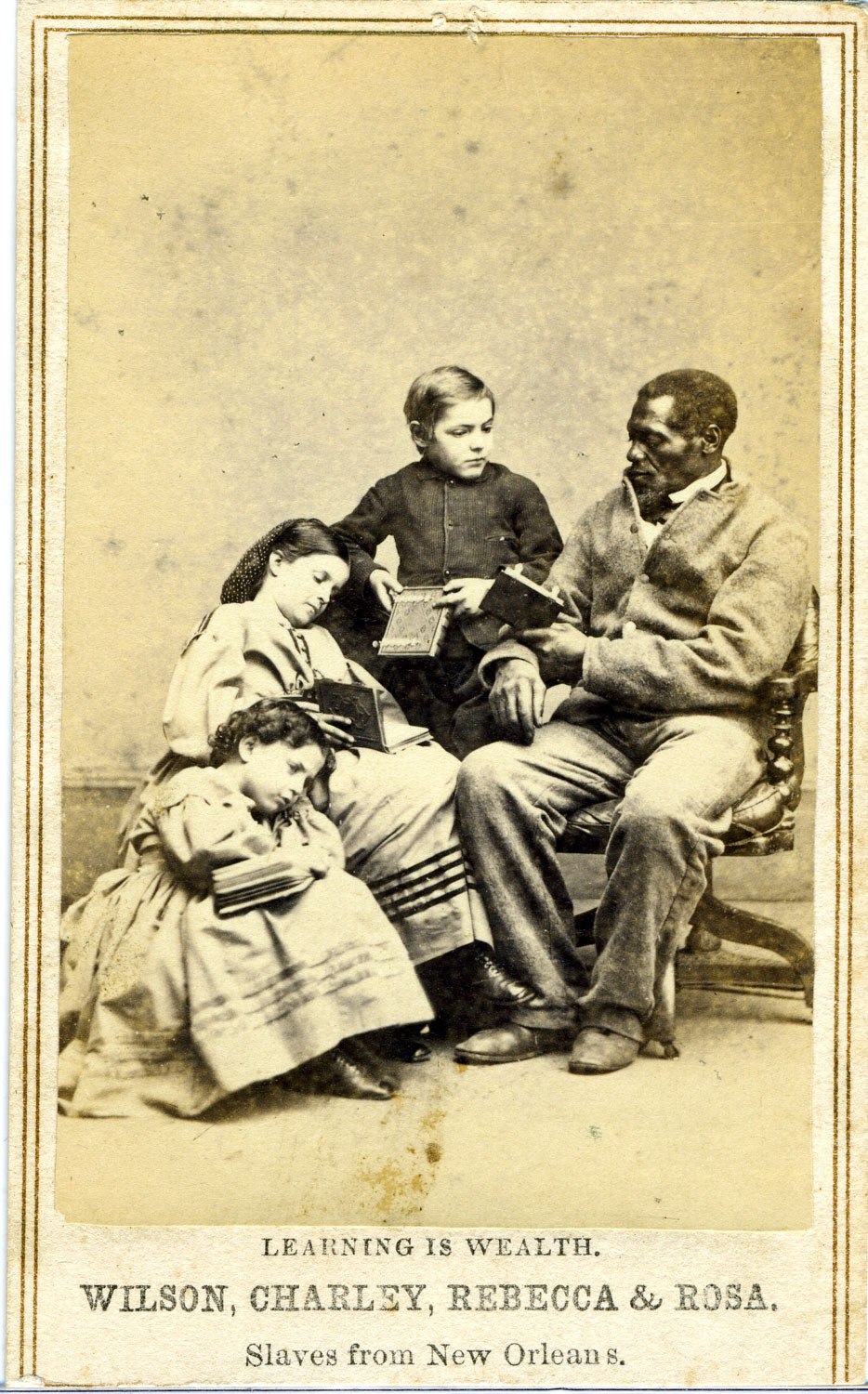
John Brown’s violent acts on behalf of freeing the slaves will soon be overshadowed by the four year Civil War he predicts. But in the end his lifelong cause – abolition – is fulfilled.
